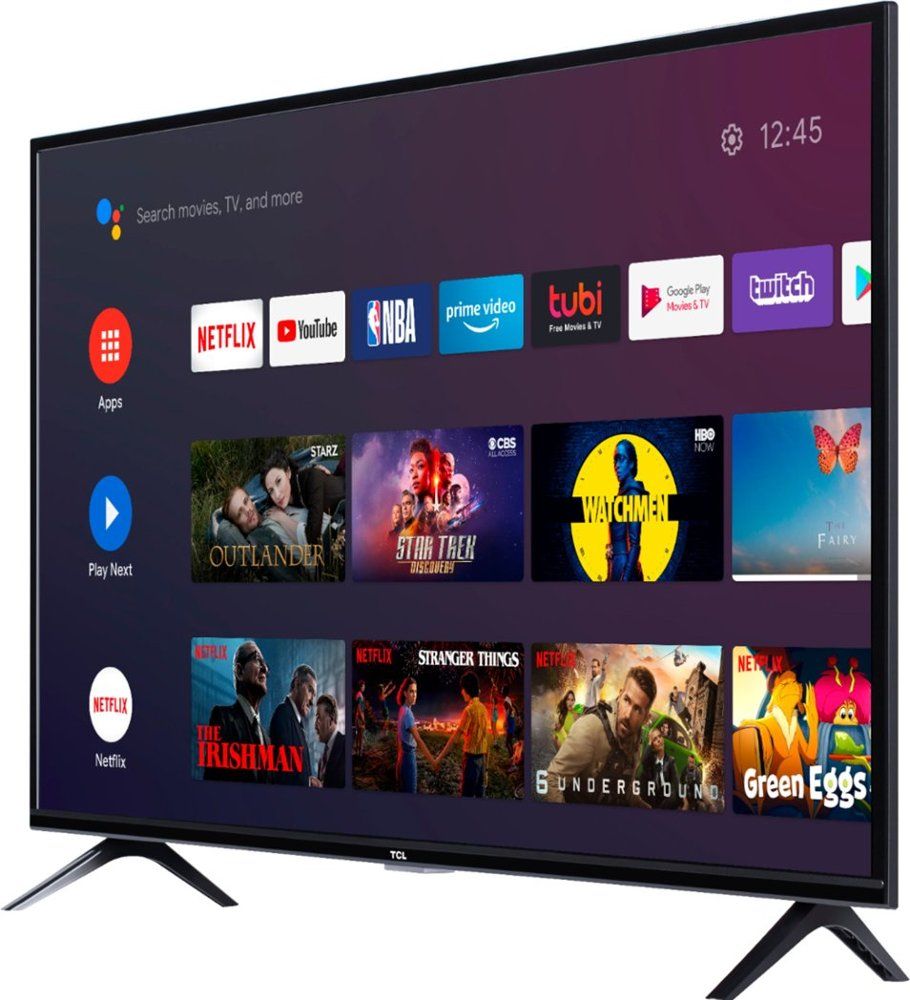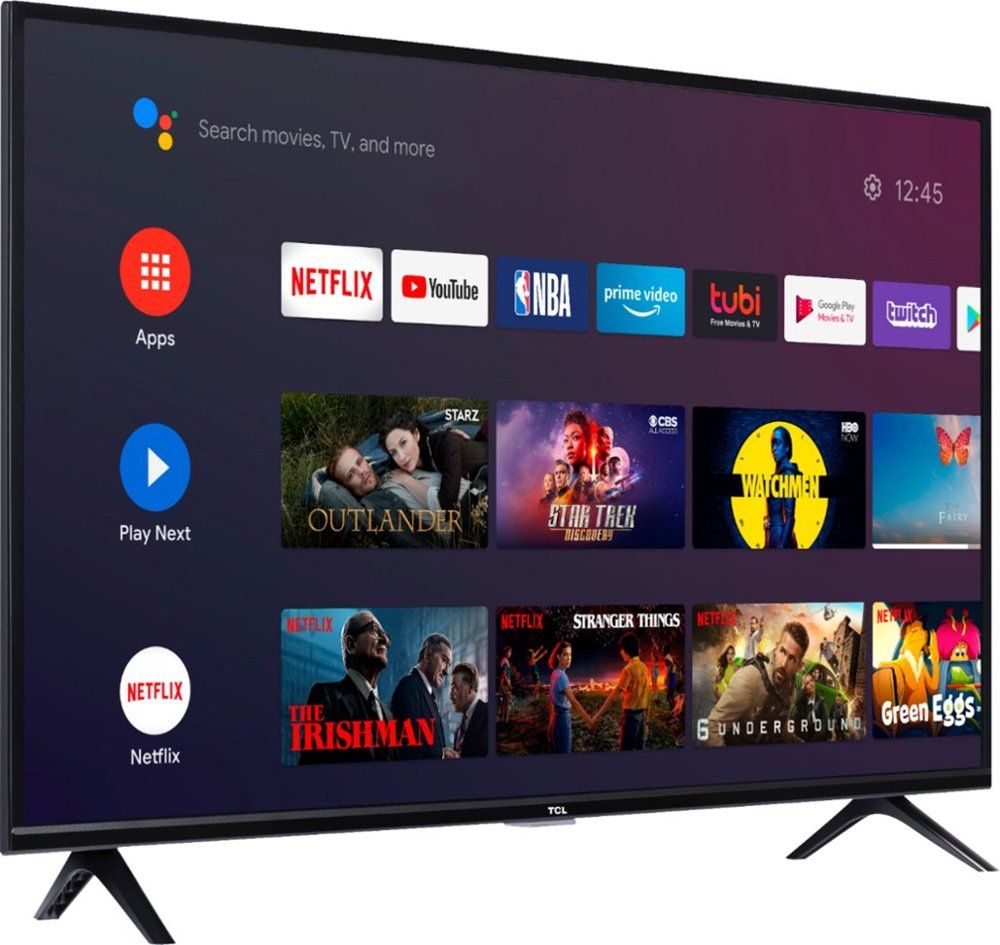Android TV looks to be headed toward the spotlight once again. We recently obtained exclusive images of Google’s upcoming Android TV dongle, which would be the company’s first hardware for the platform in 6 years. In other Android TV-related news, TCL is finally bringing their televisions to the U.S. market.
TCL already sells smart Roku TVs in the U.S., but its Android TV offerings have only been available in other markets such as Europe. Now, the company is bringing a pair of televisions with Android TV built-in to the U.S. market. The TVs have identical designs and start at just $129.99.
Firs up is the low-end TCL 32-inch 3-Series. This TV has a 31.5-inch 720p LED display with direct backlight. It supports Dolby Digital Plus surround sound and has a speaker output of 10W. There are 2 HDMI ports (with HDMI ARC) and 1 USB 2.0 port. For connectivity, it supports single-band Wi-Fi, Bluetooth, and Ethernet.
The second model is the TCL 40-inch 3-Series. This TV has a slightly higher-end display that’s 39.5-inches, LED, and 1080p with direct backlight. It also supports Dolby Digital Plus surround sound and the speaker output is 16W. It has 2 HDMI ports (with HDMI ARC) and 1 USB 2.0 port. The TV also supports single-band Wi-Fi, Bluetooth, and Ethernet.



The remote that comes with both models includes a Google Assistant button, a keyboard button, and shortcuts to Netflix and YouTube. As mentioned, these are Android TV devices, so they include all the goodies associated with the platform. That means Google Assistant access, Chromecast functionality, and a plethora of streaming apps to choose from. The TCL 32-inch model costs $129.99, while the 40-inch model costs $199.99. Both are available right now from Best Buy.
TCL 32-inch 3-Series | TCL 40-inch 3-Series
Source: TCL
The post TCL brings televisions with Android TV to the U.S. starting at $129 appeared first on xda-developers.
from xda-developers https://ift.tt/2ME1O0n
via IFTTT













